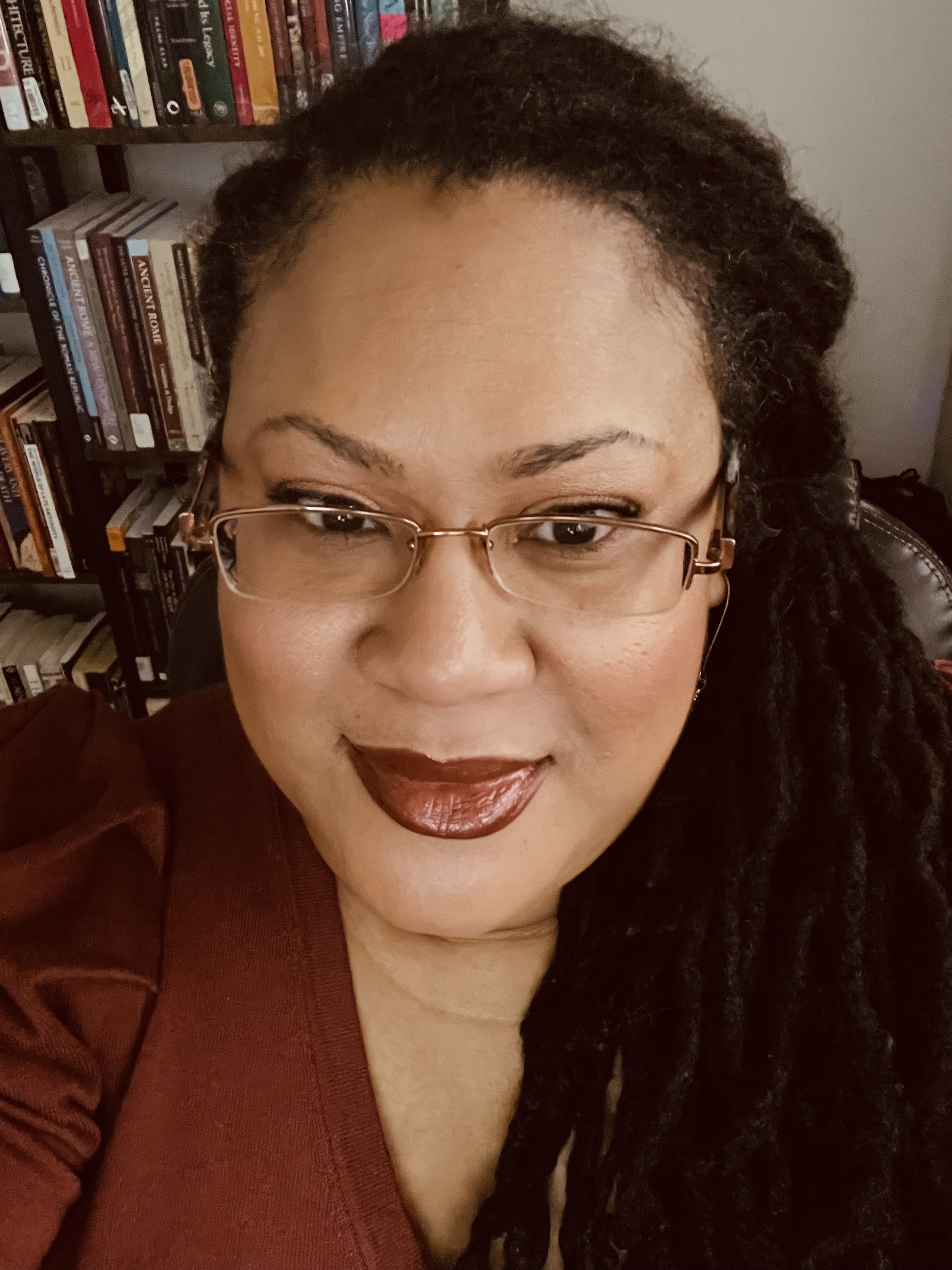Affiliation: Independent Scholar

Dr. Vivian A. Laughlin is an Ancient Near Eastern Archaeologist and Anthropologist. Her specializations and interests include: Ancient Religions and Cultures; Ancient Architecture and Material Culture; Digital Archaeology; Hellenistic and Roman Periods; Historiography; and, the Middle East, Egypt and North Africa, and Mediterranean Lands.
The 1st through 3rd centuries were a significant time for many ancient religions. Two prominent cults at the time, Serapis and Isis, were connected to ancient Egyptian religion that gained pan-Mediterranean popularity. While Isis is Egyptian, Serapis is Hellenistic-Egyptian—these two cults were intricately intertwined within Hellenistic and Roman religions. So, they provide pathways to examine the religious and socio-political continuity and connectivity between the North African, specifically ancient Egyptian, Hellenistic, and Roman religions. This lecture is an interpretive historical analysis of the influence of Egypt within various regions around the Mediterranean lands.
Antinous is popularly known as the lover of Emperor Hadrian. While Antinous was commemorated at Hadrian’s Villa, it wasn’t simply because Hadrian loved him. It was also because Antinous’ death had connected him to the underworld and the Divine. As Antinous became known as Osirantinous, he began to meld into the matrices of becoming a new version of Serapis. Serapis, a Hellenistic-Egyptian deity, had provided a template for emulation, and Antinous was to be the new Romanized version of Serapis. This lecture is a brief overview of the dynamics of how Antinous became a divine god, with a cultic following.
Tell Nimrin, Jordan is an important site for a variety of institutional stakeholders, including the American Society of Overseas Research (ASOR), the American Center of Research (ACOR), and the Electronic Tools and Ancient Near East Archives (ETANA). Although excavations concluded in 1995 under Director, James W. Flanagan (may he rest in peace), and Co-Director’s David McCreary and Khair N. Yassine, much of the excavation’s documentation are inaccessible and are stored at Case Western Reserve University, Willamette University, University of Jordan, and the Department of Antiquities of the Royal Hashemite. While excavations are completed, it is now time to create a sustainable legacy cultural heritage digital archaeology project. The end goal is to create a public platform of teaching tools sharable to academia and the public. This is a three-stage digital project. First, I discuss the ongoing digitization process from Case Western Reserve University. Second, I highlight a proof of concept that illustrates the methods for adding appropriate contextual information to the digitized content. And, third, I briefly preview some of the project’s pedagogical and public-facing next steps. I describe the long-term digital project that aims to consolidate and make these resources available to both academic and public audiences.